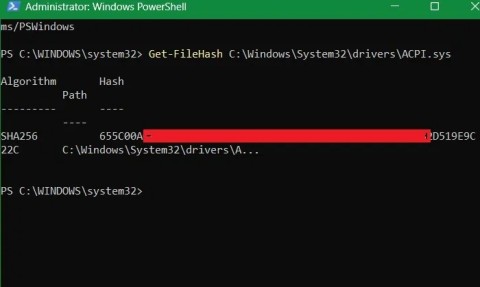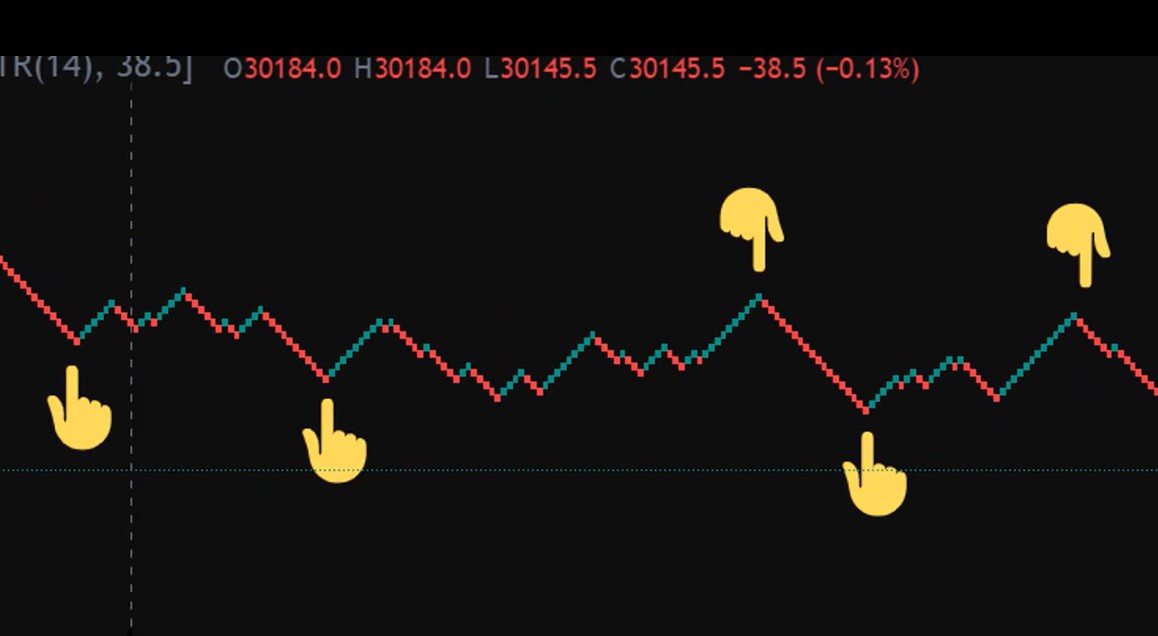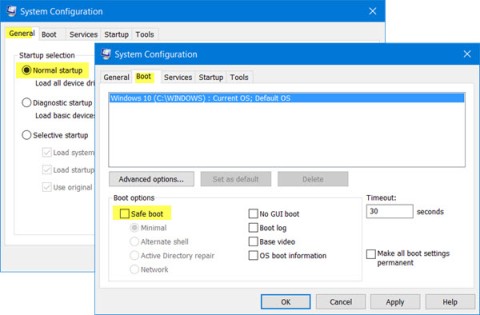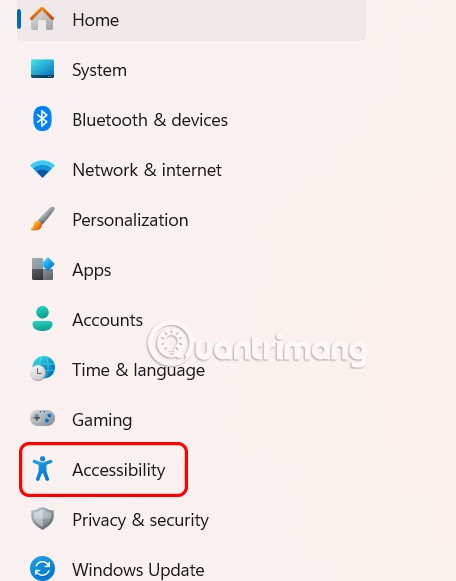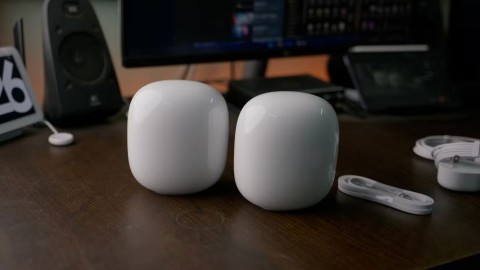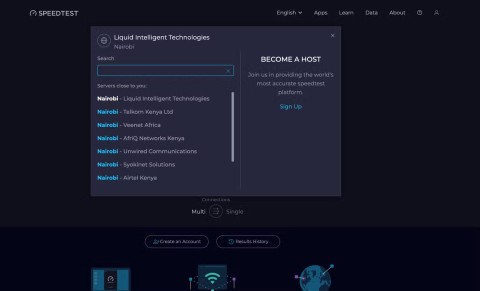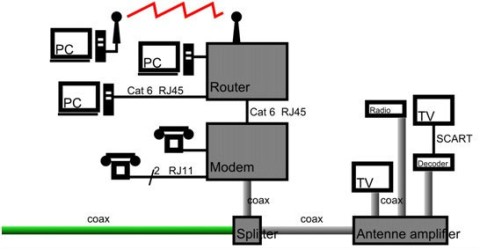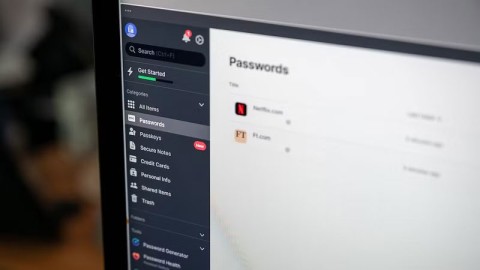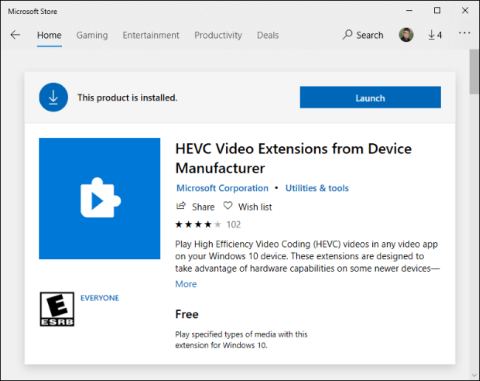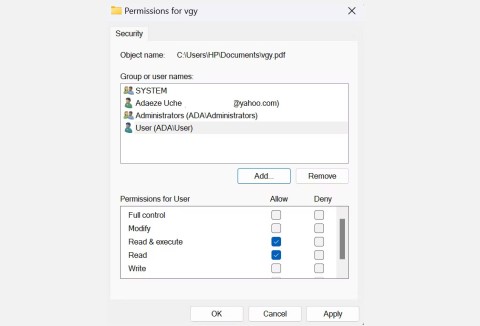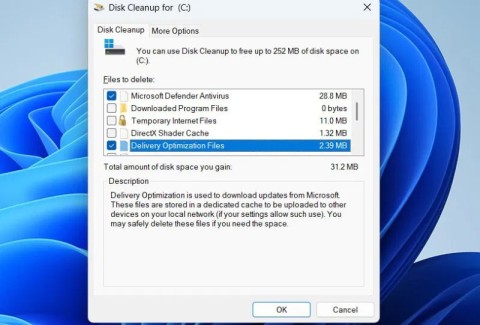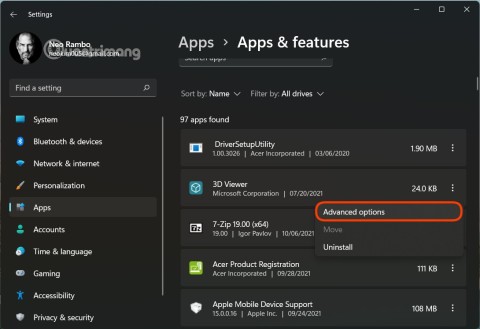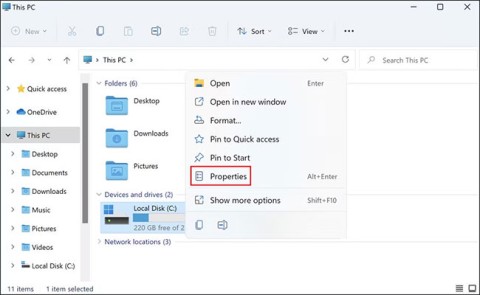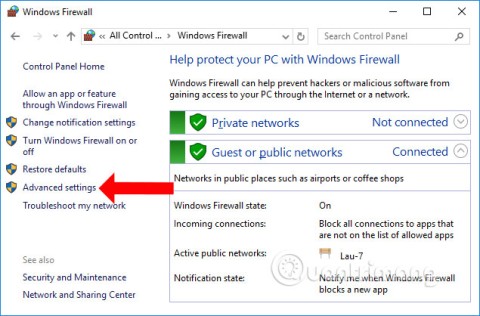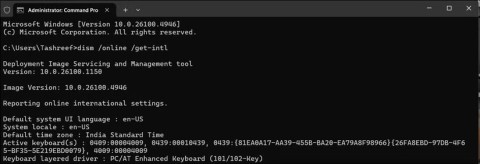The Recovery partition is a separate partition on your computer's hard drive or SSD and is used to restore or reinstall the operating system in case of system failure.
However, starting Windows 10, users can reinstall or reset the system without the help of the Recovery partition, so Windows 10 users can delete the Recovery partition to free up disk space.
1. What is Recovery partition?
The Recovery partition is a separate partition on your computer's hard drive or SSD and is used to restore or reinstall the operating system in case of system failure.
The Recovery partition is extremely useful in case you want to restore Windows 10 or in case you want to factory reset Windows 10.
However, starting Windows 10, users can reinstall or reset the system without the help of the Recovery partition, so Windows 10 users can delete the Recovery partition to free up disk space.
Windows 10 allows you to create a USB recovery drive and use this USB Recovery drive to restore your computer in case of need.
Deleting a Recovery partition is not too difficult, below are some ways you can apply to delete the Recovery partition on Windows 10.
2. Delete Recovery partition on Windows 10
Important note: these methods only apply to OEM recovery partitions.
Windows 10 does not allow users to delete existing Recovery partitions on the system when they have not created a USB recovery drive. In fact, you can only access to delete the Recovery partition after creating a new Recovery drive.
Step 1:
Use a USB drive with at least 8 GB capacity, then plug the USB drive into your Windows 10 computer and back up all data to a safe location because all data on the USB drive will be erased during the creation of the Recovery drive.
And WebTech360 mentioned above, Windows 10 does not allow users to delete the Recovery partition without creating a USB Recovery drive.
Step 2:
Type Create a recovery drive into the Search box on the Start Menu or the Search box on the Taskbar and then press Enter to open the Recovery drive wizard.
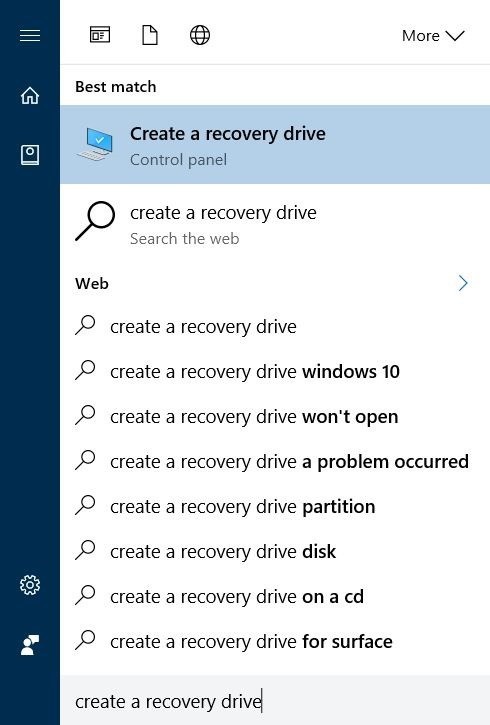
Step 3:
On the Recovery drive window, check the Back up system files to the recovery drive option and then click Next .
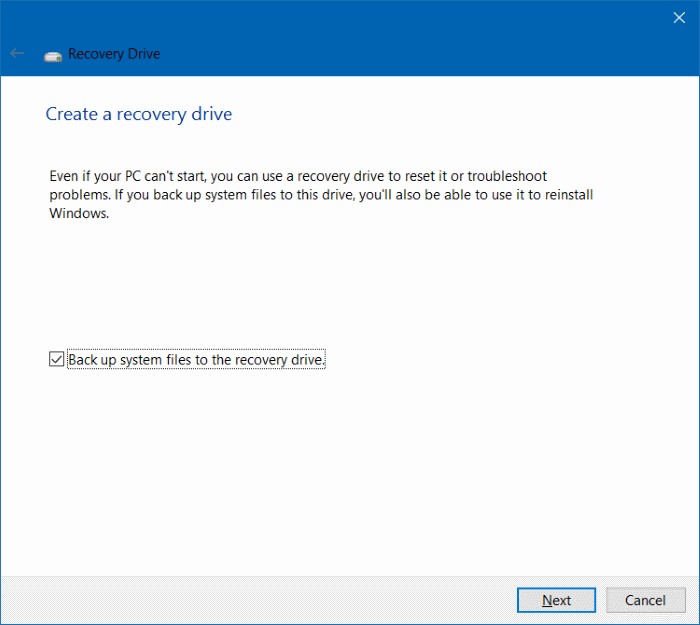
Step 4:
Wait a few seconds, now on the screen you will see the window as shown below, here select the USB drive you want to use to create the Recovery drive.
Note:
Back up all data on the USB drive to a safe location because creating a Recovery drive will erase all data on the USB drive.
After selecting the USB drive, click Next to continue.
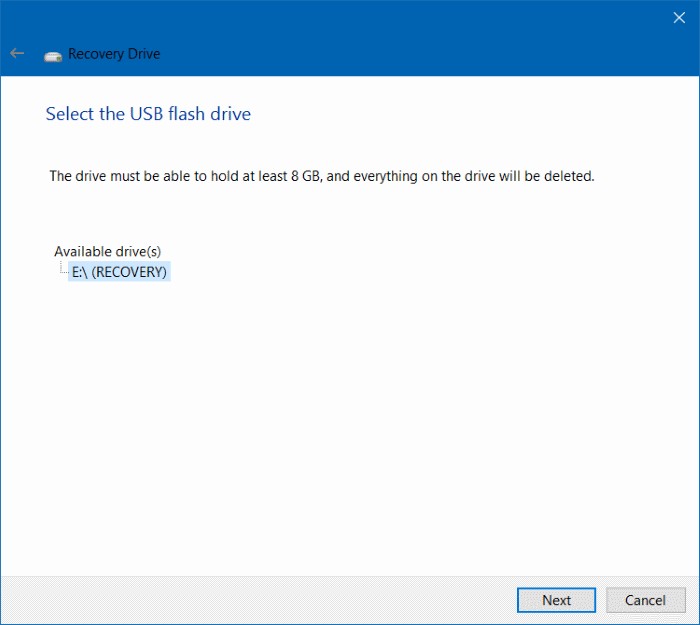
Step 5:
At this point on the screen you will see the message: “Everything on the drive will be deleted. If you have any personal files on this drive, make sure you have backed up the files”.
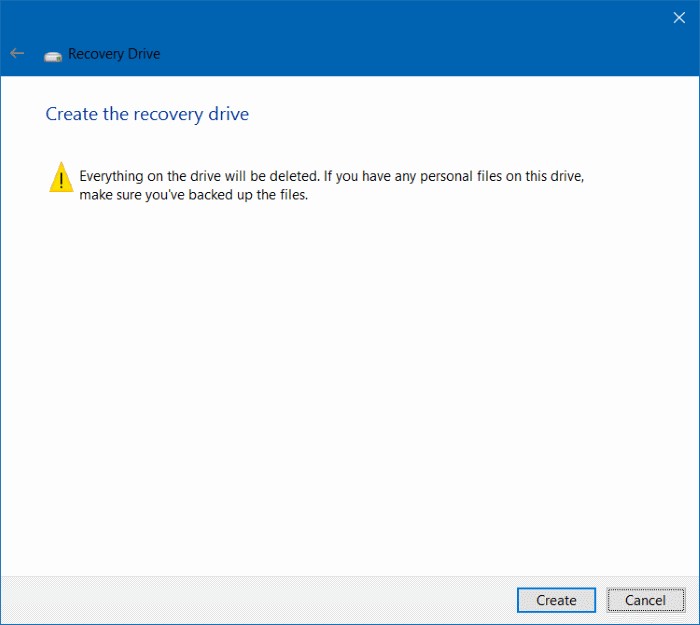
You just need to click the Create button to start the process of creating a Recovery drive on Windows 10. The process will take a long time, so you should wait patiently.
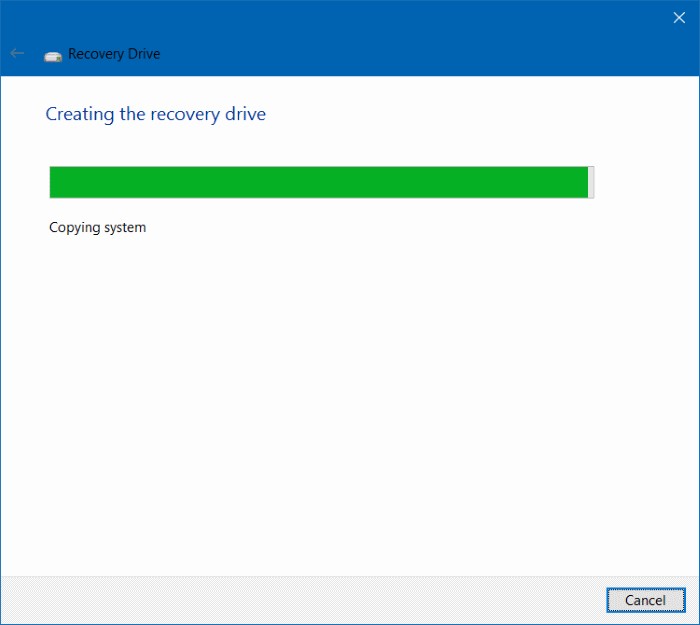
Step 6:
Once the process is complete, you will see the link Delete the recovery partition from your PC. To delete the Recovery partition on Windows 10, click the link Delete the recovery partition from your PC , then click Delete .
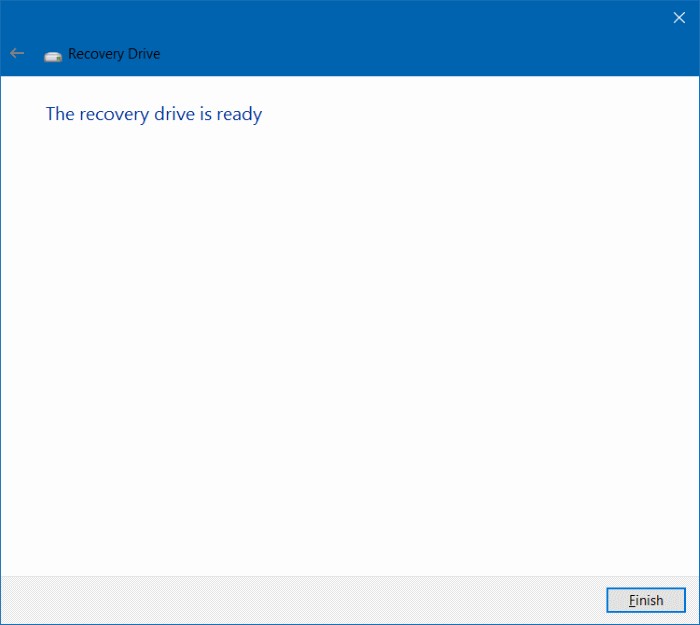
However, on many Windows 10 computers, the Delete the recovery partition from your PC link does not appear on the screen. In that case, you can apply the solution by using the support of a third-party tool. WebTech360 will mention it in part 3 below.
2. Delete 450 MB Recovery partition on Windows 10
As you know, Windows 10 creates a 450 MB Recovery partition (recovery partition) during the process when you install Windows 10 or upgrade an older version to Windows 10.
The 450 MB Recovery partition created by Windows 10 allows users to boot into the Windows Recovery environment in case of system failure. Once booted into the Windows Recovery environment, users can fix errors and restore their Windows computer using previously created Restore points or System images.
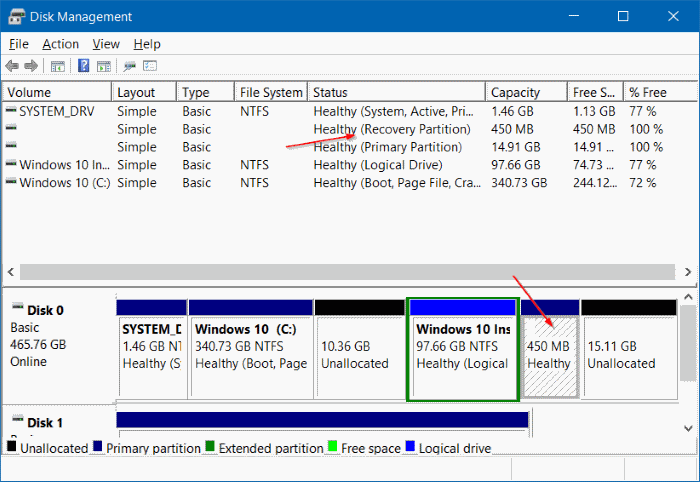
Should I delete the 450 MB Recovery partition?
If you still have a lot of free space on your HDD or SSD, deleting the 450 MB Recovery partition is not recommended. Furthermore, if your computer has little free space, deleting the 450 MB Recovery partition is also meaningless. In fact, you can free up 450 MB by deleting the Download folders or uninstalling programs, applications or software that you do not use, or deleting temporary files on Windows 10.
And you need to note one more point that you will not be able to use the Windows Recovery option if you delete the 450 MB Recovery partition. Or in other words, if you delete the 450 MB Recovery partition, you will not be able to boot your computer in the Recovery environment to fix Windows 10 installation errors.
However, if you want, you can still delete the Recovery partition.
Warning: It is recommended that you back up all data to a safe location before deleting the 450 MB Recovery partition in case anything bad happens.
Steps to delete 450 MB Recovery partition on Windows 10:
To delete the 450 MB Recovery partition on Windows 10, follow the steps below:
Step 1:
Open Command Prompt as Admin. To do this, right-click the Start button in the lower-left corner of the Taskbar, then click Command Prompt (Admin) .
A User Account Control notification window will appear on the screen, your task is to click Yes .
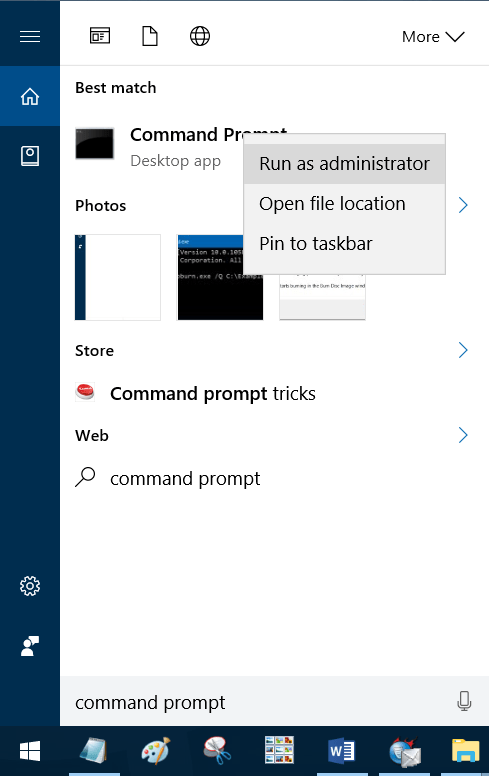
Step 2:
On the Command Prompt window, enter each command below, after each command press Enter to execute each command one by one.
Diskpart
Press Enter
List disk
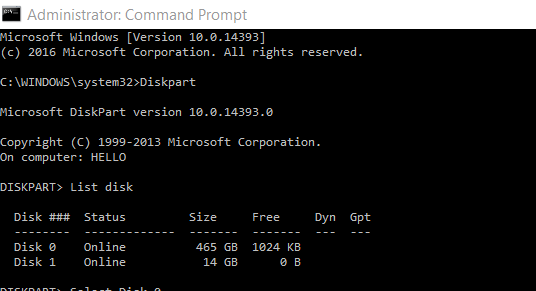
The List disk command displays all drives connected to your Windows computer, including removable hard drives (USB drives, ...). Therefore, carefully note down the hardware Disk number / SSD, including the Recovery partition (recovery partition) that you want to delete. Usually if there is only one HDD / SSD, the Disk number is 0
Step 3:
Next, enter each command below into the Command Prompt window, after each command you also press Enter to execute each command one by one.
Select disk n
Note, in the above command replace "n" with the Disk number of the HDD / SSD containing the Recovery partition.
List volume

The above command displays all partitions on the drive you selected, including the Recovery partition.
Select volume n
Note, replace "n" with the Volume number of the Recovery partition you want to delete.
You can easily identify the Recovery partition by looking at the partition size. The Recovery partition on Windows 10 is 450 MB in size.
Delete volume
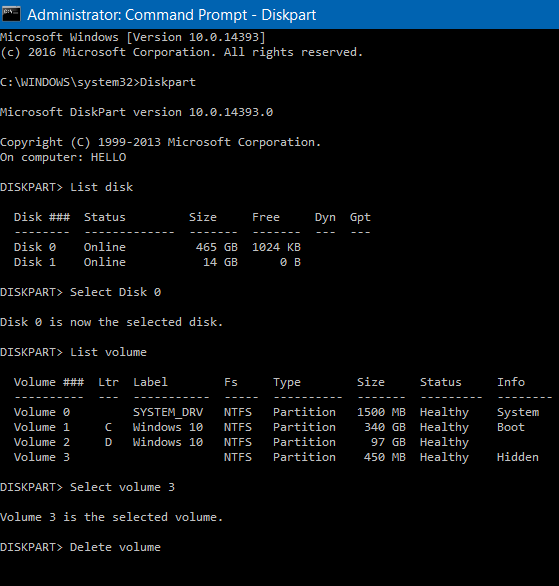
The above command will delete the Recovery partition you selected on your Windows 10 computer. If you encounter any errors, it may be because you have not run Command Prompt as Admin.
You can also use a third-party tool to delete the 450 MB Recovery partition on Windows 10.
3. Use 3rd party tool to delete Recovery partition and 450 MB Recovery partition on Windows 10
It is recommended that you create a System image on your Windows 10 computer or back up all data to a portable hard drive (USB drive, for example, ...) before proceeding to erase the system drive because it is very likely that your computer will not boot.
With this second solution, you need to use the support of a third-party application - MiniTool Partition Wizard Free to delete the Recovery partition on your Windows 10 computer.
Step 1:
Download MiniTool Partition Wizard Free to your computer and install it.
Download MiniTool Partition Wizard Free to your computer and install it here .
Step 2:
After installation is complete, open MiniTool Partition Wizard Free.
Step 3:
Right-click on the Recovery partition then click Delete .
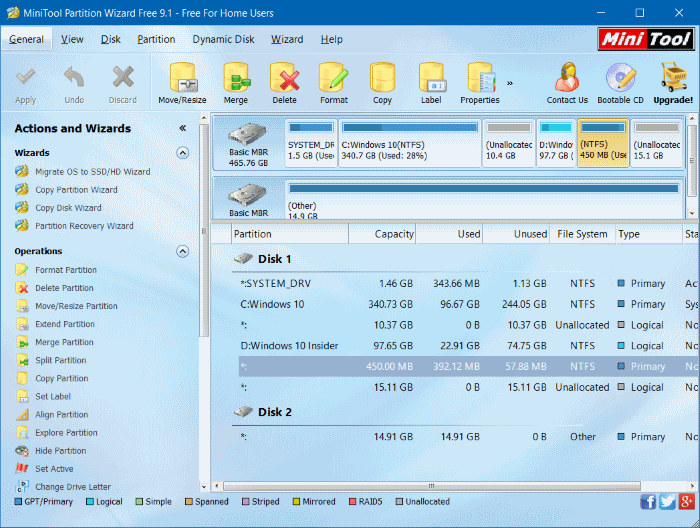
Step 4:
Finally click Apply to delete the Recovery partition and free up disk space.
Step 5:
You can create a new drive by right-clicking, selecting Create , and following the on-screen instructions.
See more articles below:
Good luck!
